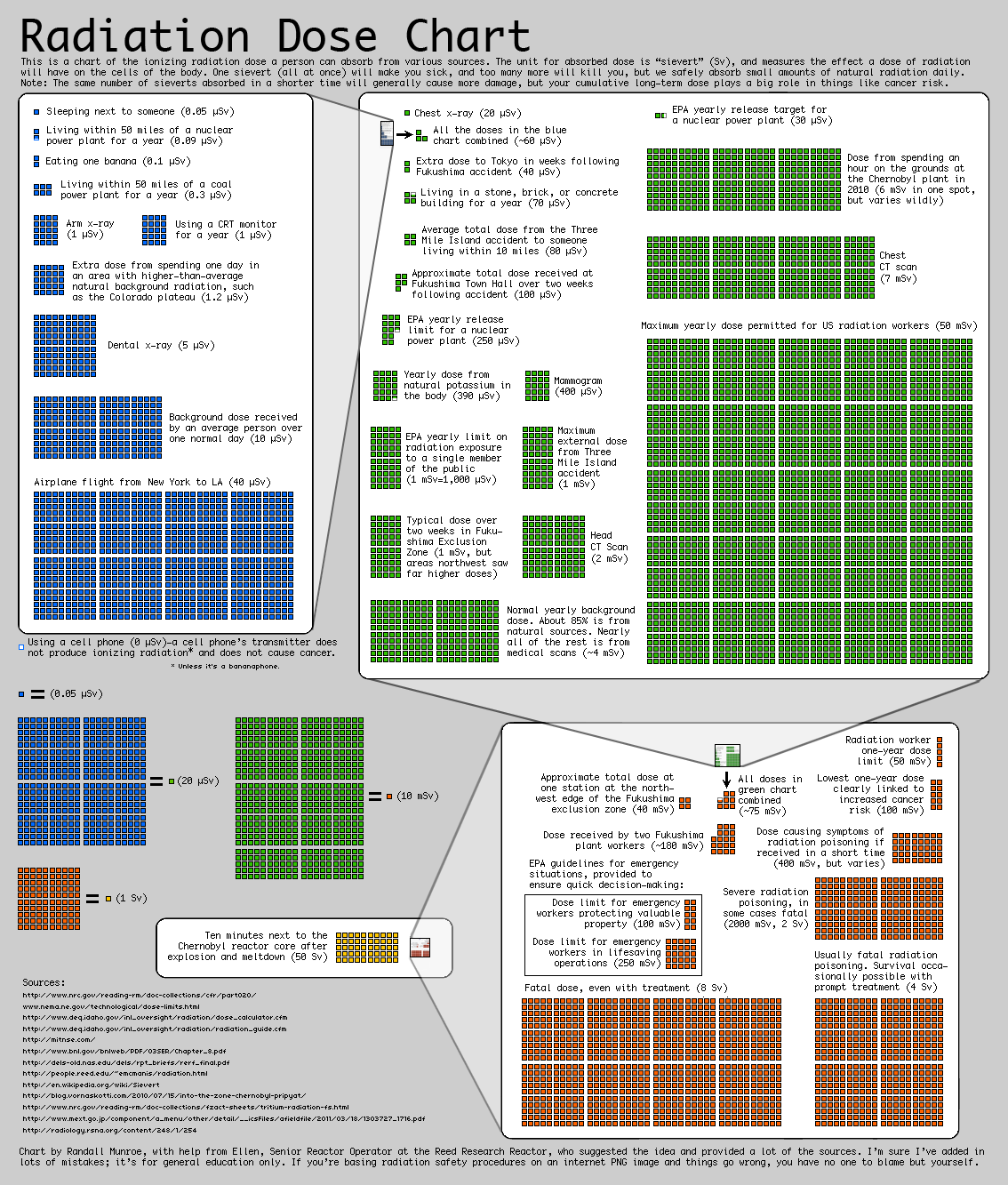Tina Quach, Margaret Tian, Tony Zeng, Aina Martinez Zurita
In starting this project, we were initially motivated by the data set collected by the US State Department on the Air Quality Readings in Beijing. While the city is commonly known for it’s bad air quality, we were interested in understanding how the air pollution in Beijing compares with other cities around the world, as well as with the accepted health standards. Is the air quality of Beijing really as bad as people think?
In order to answer this question, we focused on the data collected by the World Health Organization [1] which reports yearly average of different air pollutants (PM 2.5 and 10) in different cities all around the world.
Indeed, this data set confirmed that the air quality in Beijing is extremely unhealthy. The annual mean of particulate matter with diameters of 2.5 microns or smaller (PM 2.5) in 2014 was 85 ug/m3, over 8 times the recommended limit of 10 ug/m3. According to several studies [2], an annual average of only 35 ug/m3 is associated with 15% higher long-term mortality risk with respect to the recommended guideline. Given the high health impact such a high average of air pollutants, we wanted our story to convey the damaging effects of air pollution and the importance of the efforts to combat it.
We were also interested in creating an interactive experience that was different and surprising, and also communicated our message effectively. And so, we decided to use food to portray our data.

We collected the annual averages of PM 2.5 for several representative cities. Each city is represented by a set of brownies, and there is also a set of brownies that represents the ideal air quality standard. While all brownies look similar, we added salt to each batch proportional to the air quality of the city they represent. Brownies from cities with a bad air quality have higher level of salt (to uncomfortable levels) while the ideal air quality brownie has no added salt. As well, each set of brownies is accompanied by a glass of milk. If the taste a specific city salty brownie is uncomfortable, we invite the viewer to drink the corresponding glass of milk. The milk in the glass however, is proportional to the efforts that city is making towards clean air policies and measures. Finally, if the amount of milk provided by the city is not enough to clear the bad taste, we also provide a jug of milk. The cartoon is covered with a label explaining measures that a person can take independently to improve air quality.
We envision our target audience as young kids. Our display would provide a way for them to learn about the impacts of air pollution and the importance of air quality in a tactile and fun way. For example, it could be part of an activity at a science museum, or a display on a science fair. We believe that the direct experience of something that we expect to enjoy (Aka. a sweet brownie) being damaged by the air pollution (aka. salt) is a very effective way of communicating the importance of air quality. After all, who doesn’t enjoy a good brownie!
[1] http://www.who.int/phe/health_topics/outdoorair/databases/cities/en/[2] http://apps.who.int/iris/bitstream/10665/69477/1/WHO_SDE_PHE_OEH_06.02_eng.pdf
